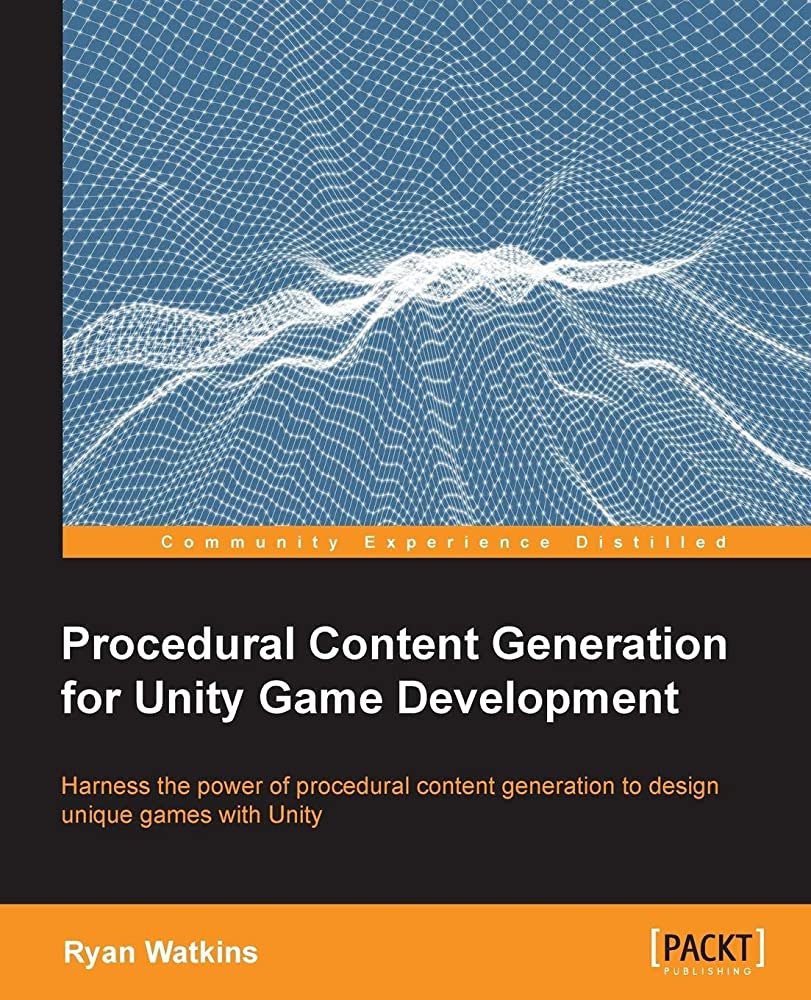This article provides a comprehensive guide to game development using the Unity game engine. It covers topics such as getting started with Unity, creating a game environment, importing assets, scripting in Unity, using physics and animations, optimizing performance, and testing and publishing games. Unity is a popular tool for game developers due to its ease of use, versatility, and powerful features. With Unity, game developers can create games for different platforms, including PC, console, and mobile devices. The article emphasizes the importance of optimizing game performance to ensure a smooth and efficient gaming experience.
Harnessing the Power of Unity: A Comprehensive Guide to Game Development
Introduction
Game development is a complex and multi-disciplinary process that requires a lot of skills and knowledge. In recent years, the Unity game engine has become one of the most popular tools for game developers, thanks to its ease of use, versatility, and powerful features. Unity allows game developers to create games for different platforms such as PC, console, and mobile devices. In this article, we will discuss how to harness the power of Unity to develop games.
Getting Started with Unity
The first step in developing a game using Unity is to download and install the software. Unity offers a free version with some limitations and a paid version with more features. After installing Unity, you need to choose a programming language to use. Unity supports three programming languages: C#, JavaScript, and Boo. C# is the most popular language used in Unity and is recommended for beginners.
Creating a Game Environment
Once you have installed Unity and chosen your programming language, the next step is to create a game environment. A game environment is the space where the game takes place, such as a room, a landscape, or an open-world. Unity provides a variety of tools and assets to create game environments, such as terrain builders, asset stores, and prefabs. Prefabs are pre-made objects that can be customized and reused in the game. To create a game environment, you need to use Unity’s Scene view and add objects and assets to it.
Importing Assets
One of the advantages of Unity is its asset store, where game developers can find a variety of assets, such as 3D models, textures, and sound effects. Unity also supports importing assets from other software such as Maya, Blender, and Photoshop. Importing assets to Unity requires proper optimization to reduce the file size and improve performance. Unity also provides a built-in asset optimizer to simplify this process.
Scripting in Unity
Scripting is a critical part of game development in Unity. Scripts are used to define the game logic, such as character movements, actions, and interactions. Unity supports three programming languages for scripting: C#, JavaScript, and Boo. C# is the most popular language used in Unity and has a vast community that provides tutorials, examples, and support. Unity provides a built-in code editor, or you can use an external editor such as Visual Studio or MonoDevelop.
Physics and Animations
Unity provides a powerful physics engine that allows game developers to simulate physical interactions accurately. The physics engine is used to simulate collisions, movements, gravity, and other physical properties in the game. Physics can also be used to create animations, such as ragdoll physics, where characters react realistically to collisions and impacts. Unity also provides an animation system that allows game developers to create complex animations using keyframes, curves, and blend trees.
Optimizing Performance
Optimizing performance is crucial to ensure your game runs smoothly and efficiently. Unity provides several tools to optimize game performance, such as the profiler, which is used to identify performance bottlenecks and memory leaks. Unity also provides the ability to compress textures, reduce polygon count, and use level of detail (LOD) techniques to optimize asset usage. Other optimization techniques include asset pooling, culling, and batching.
Testing and Publishing
When the game is ready, the final step is to test and publish it. Unity provides several ways to test your game, such as running it in the editor, using the debugging tools, and testing on different devices. To publish the game, you need to build it for the targeted platform and distribute it via app stores, websites, or physical media. Unity supports a variety of platforms, including PC, Mac, consoles, and mobile devices.
Conclusion
In conclusion, Unity is a powerful and versatile game development engine that provides a complete solution for game developers. Unity provides a variety of tools and assets to create game environments, import assets, script game logic, simulate physics and animations, optimize performance, and test and publish games on different platforms. With Unity, game developers can create games of different genres, from casual to complex, and unleash their creativity to the fullest.
